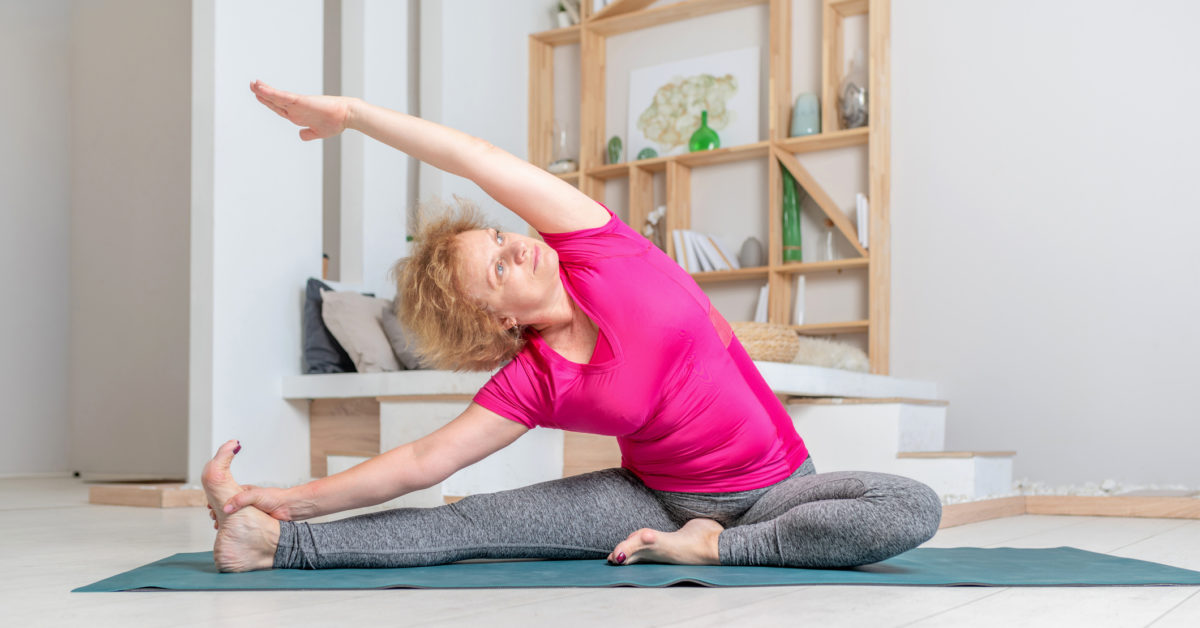Social distancing measures require citizens around the globe to stay at home. In this situation, how can people stay active and maintain their physical and mental well-being while also protecting themselves and others by staying put? Read our brief “how-to” guide for some ideas.

Staying physically active is very important to maintaining good health, both physically and mentally.
Studies have shown that remaining active can do wonders for keeping pretty much every part of the body in good shape, and it can even improve a person’s mood.
The World Health Organization (WHO) recommend that everyone engage in “150 minutes of moderate intensity or 75 minutes of vigorous intensity physical activity per week, or a combination of both.”
Stay informed with live updates on the current COVID-19 outbreak and visit our coronavirus hub for more advice on prevention and treatment.
Yet global pandemic control measures mean that for the inhabitants of many countries, the usual avenues for exercise, such as gyms, wellness studios, public swimming pools, and even parks, are now off limits.
In many places, regulations even bar people from stepping outside their homes other than making irregular supermarket runs for the bare essentials.
In this context, staying active and keeping fit may seem more daunting than ever, but there are several good ways to avoid becoming sedentary even when having to stay home.
In this Special Feature, we suggest five things that you can do at any time to increase your level of physical activity from the comfort of your own home.
Calisthenics is a form of exercise that makes use of a person’s body weight to train the major muscles.
Some calisthenics — such as pullups that require a bar — may be difficult at home, but most of them are achievable.
Calisthenics can include squats, crunches, pushups, and planks, all of which people can do pretty much anywhere.
A simplified, gentle set of calisthenics — known as “radio calisthenics” because a national, daily radio broadcast invites listeners to participate — has been a staple of morning exercise in Japan since 1928.
This is one example of “radio calisthenics,” but many other light exercise routines are available online:
Research has suggested that calisthenics can bring many benefits to both individuals in good health and those with underlying health conditions.
For instance, studies have shown that calisthenics may prevent the reduction of skeletal muscle volume in people with type 2 diabetes, improve respiratory muscle strength in those with chronic obstructive pulmonary disease (COPD), and improve posture and body strength in healthy adults.
Cardiovascular exercise, or “cardio” for short, which is often synonymous with aerobic exercise, works by boosting a person’s heart rate.
Examples of cardio exercises include running in place, jumping jacks, lunge jumps, and skipping in place.
According to various studies, cardio can help a person lose weight, maintain brain function, and keep cholesterol levels in check.
Once again, many online resources can help you come up with a home-based cardio workout.
For example, the National Health Service (NHS) in the United Kingdom provide a handy 10-minute cardio exercise routine.
There are also plenty of other online videos illustrating home cardio workout ideas. The best option will depend on a person’s level of fitness and what they hope to ach

